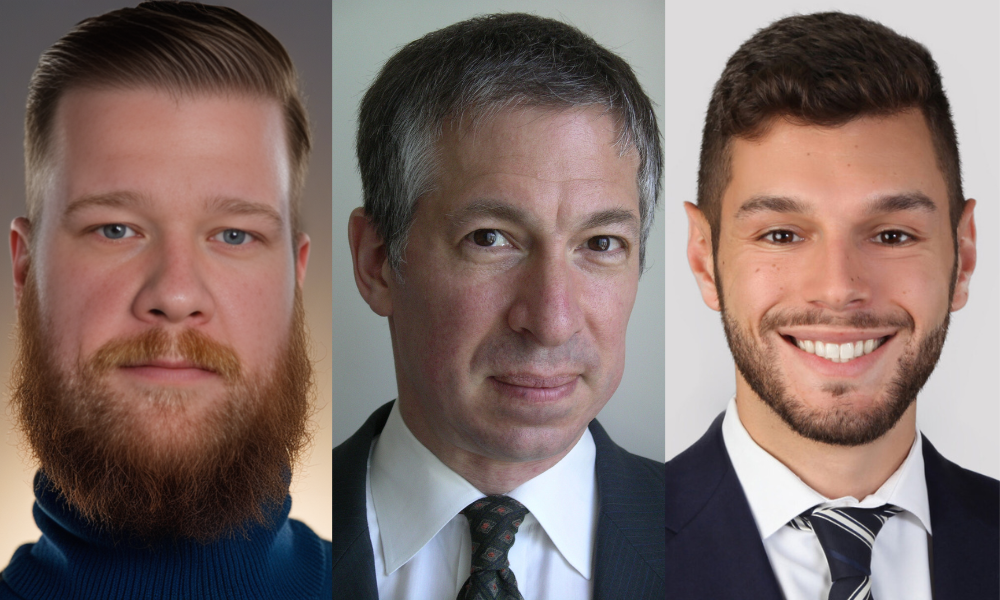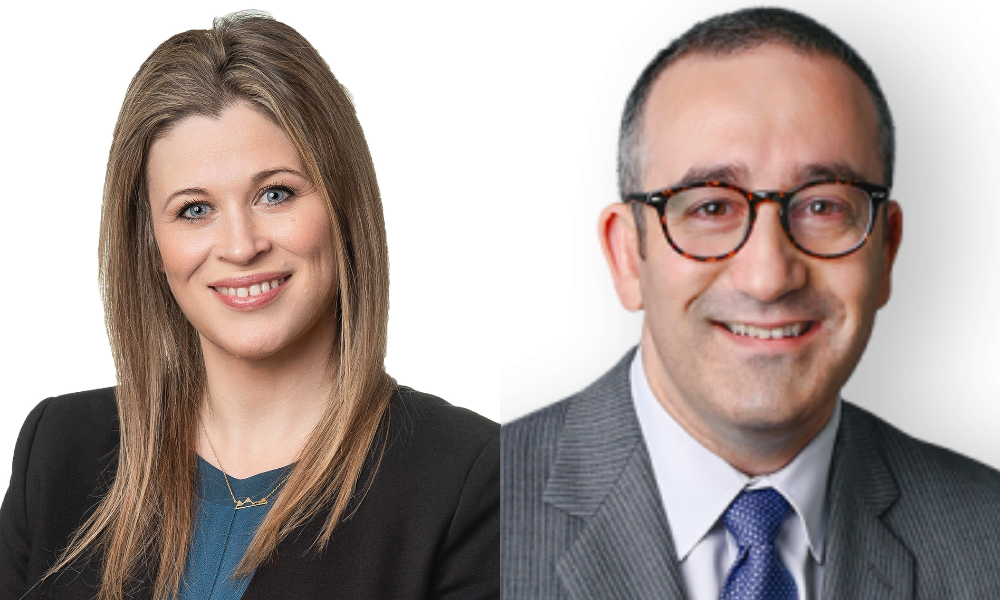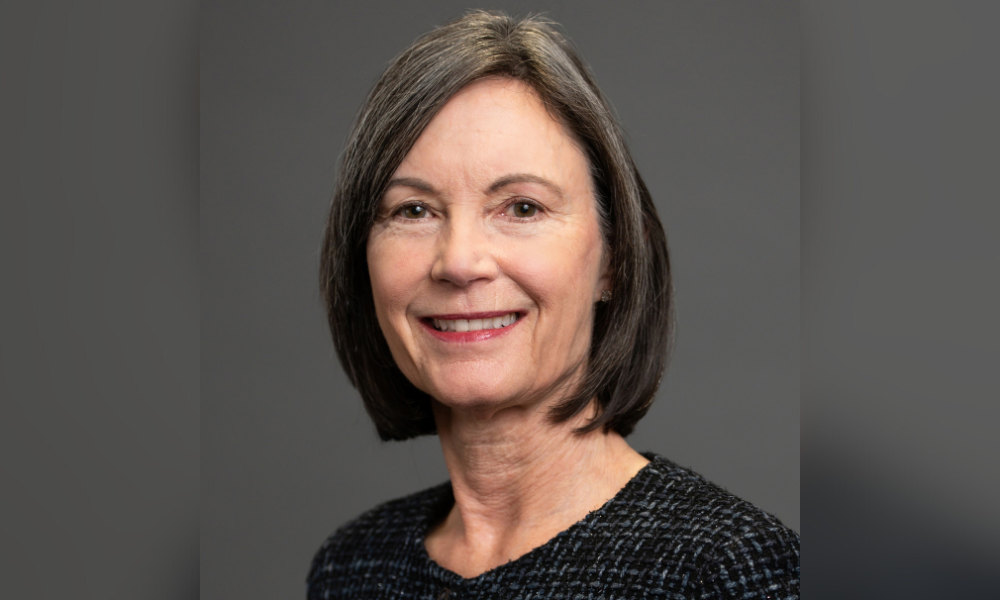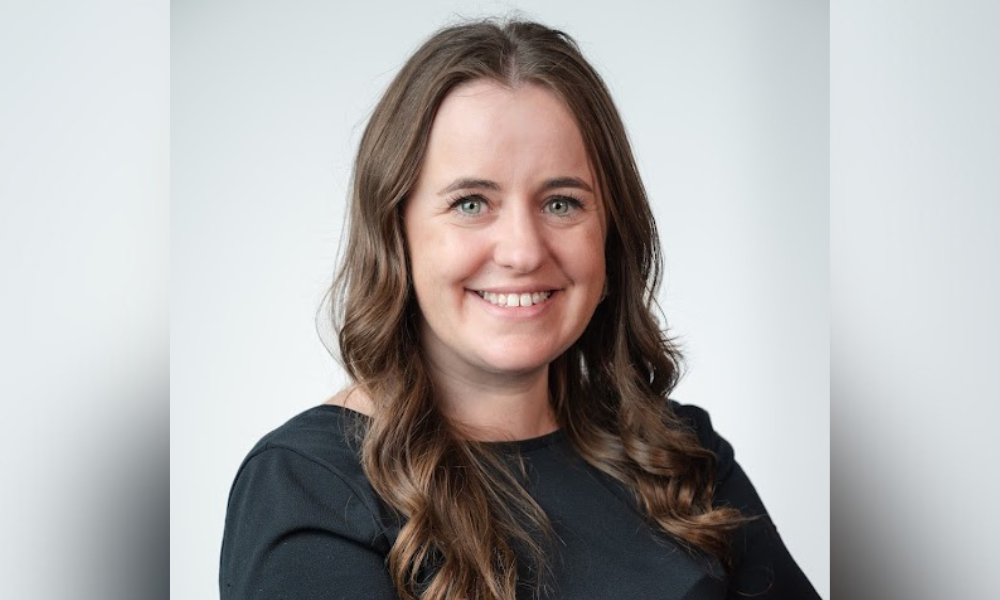'The standards are set up to put companies on a path to measure continual improvement'
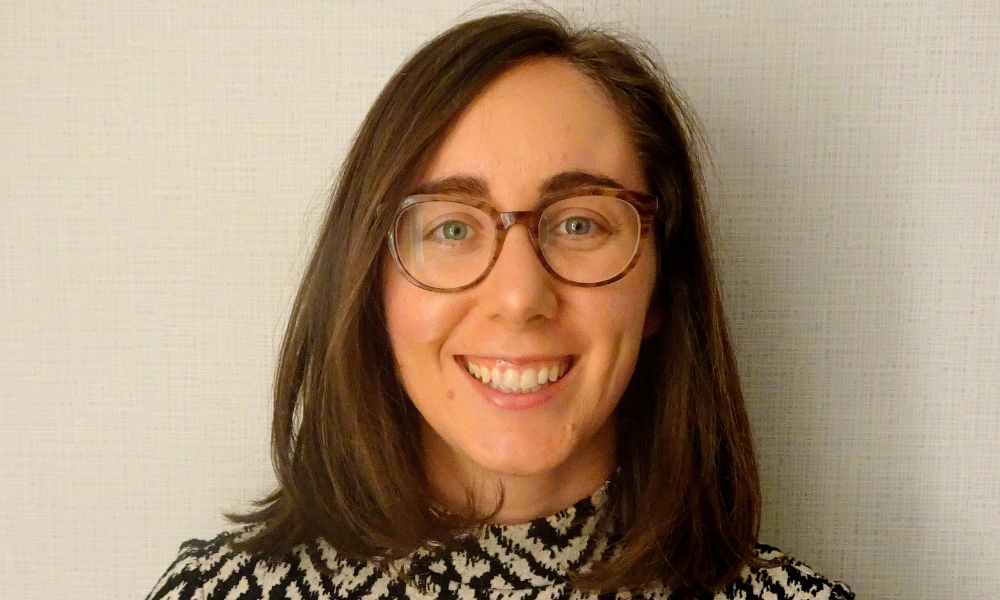
The mining business has a ways to go when it comes to including a diverse range of workers.
“The mining industry in Canada is traditionally a very white, male-dominated sector,” says Katherine Gosselin, director, Towards Sustainable Mining at MAC in Stockholm.
“We have had some really good successes in some areas: the mining industry is the largest private sector employer of Indigenous peoples in Canada but in other areas — like representation of women, representation of newcomers to Canada — the percentages are much lower compared to some other industries.”
For example, females make up 48% of the labour force of Canada, but only about 15% of the mining workforce are women, according to the Mining Industry Human Resources Council (MiHR).
In order to address this shortcoming, the Mining Association of Canada (MAC) recently introduced a new protocol that will bring an enhanced focus for employers on equity, diversity, and inclusion, she says.
“Basically, the standards are set up to put companies on a path to measure continual improvement. There’s five levels of performance they can work towards in each of the performance indicator areas, and each of those levels often has multiple, specific criteria that they need to meet.”
Member companies will have to report on progress in 2024 and 2025, followed up by a public reporting regime beginning in 2026.
Aimed at corporate, mine-sites
The protocol includes targets that have to be met not only at the mining-site level, but in head offices.
“Looking at the corporate levels, [it’s about] things like having a corporate strategy around equity, diversity, inclusion: we provide some specific criteria about what that needs to include when you’re developing that kind of strategy,” says Gosselin.
In addition to the work in the home office, the industry will also put a bigger focus on the ground level.
“We’re asking mine sites, as part of implementation of the standard, to be revising and developing their as-needed new or existing processes, programs, procedures, through an equity diversity inclusion lens,” she says.
While these efforts will probably be housed in HR departments, they are also aimed at encouraging a “shared responsibility, regardless of where you are in the organization,” says Gosselin.
“We are trying to push companies to think a little bit more broadly about how they envision applying these principles to their organizations.”
Many industries are facing non-inclusive behaviour causing employees to leave, found a survey.
New areas added to decades-old standards
This effort began in mid-2020 and is an update to the industry’s global Towards Sustainable Mining (TSM) protocol, according to Gosselin.
“At that time, there were a lot of industries recognizing that they needed to do more in the equity, diversity, inclusion space. We could see based on that data that despite a lot of efforts by many companies, a lot of those diverse representation figures were remaining static over the course of a decade.”
This led to a “public statement committing to do better,” she says, “and then that was the impetus to say, ‘Now we’ve made these commitments, how do we make sure we’re actually holding ourselves to those?’”
The TSM “was established nearly 20 years ago now in Canada but is now being implemented by mining associations around the world, including in some other key mining jurisdictions like Australia and Brazil. There’s actually over 200 mining companies around the world who are currently implementing the program,” says Gosselin.
It included work on things such as climate change, Indigenous and community relationships, as well as biodiversity, conservation, she says.
“The equity diversity inclusion piece is actually really a brand new addition to that existing program; we really didn’t have anything within the standard that address that in a comprehensive way and in looking at some of the other mining sustainability standards out there, we also didn’t find that anyone else had looked at those issues in great detail.”
Diversity is being practiced in many organizations but few are actually measuring its effectiveness, found another report.
DEI as part of safety commitment
The initiative is being encouraged to become part of an overall psychological safety standard, according to Gosselin.
“You can’t really have a conversation without including the concept of psychological safety and respectful behaviour but we ultimately thought it would be really meaningful to incorporate those components into what is otherwise a very physical, safety and health or occupational safety and health focused standards.”
It’s hoped that by “positioning” the efforts in OHS departments, “that’s also going to be bringing in people who are traditionally responsible for occupational health and safety more broadly to get them thinking about psychological safety and respect in the workplace as well as linking back to things like equity, diversity, inclusion,” she says.
Read more: Actions speak louder than words in psychologically safe workplaces
First steps for employers and HR departments include establishing a benchmark of where it is at today, and working on recognizing what needs to be changed.
“For example, if they find that they don’t have good processes in place to ‘de-bias’ and identify barriers to equity and inclusion in some of their hiring processes, then that’s something that they would identify through that initial gap assessments against the new requirements, and they would spend some time thinking about how to address those,” says Gosselin.
Once the program is well established, it also includes an outside-party audit every three years.
“So making sure that the companies are not only implementing the standard but that they have the evidence that external verifiers can use to confirm that they’re meeting the level of performance that they’re publicly reporting,” she says.
Attraction and retention tool
If successful, it may help to eliminate or mitigate some of the labour shortages, says Gosselin by ensuring “the industry is more forward thinking about how they are positioned to make sure that they’re inclusive in attracting, diverse talent and individuals from all sorts of backgrounds and experiences.”
“Certainly our hope is that these new requirements can provide a bit of a roadmap for companies to really think through all of the steps they need to have in place if they want to position themselves to attract and retain the best candidates for the position.”

